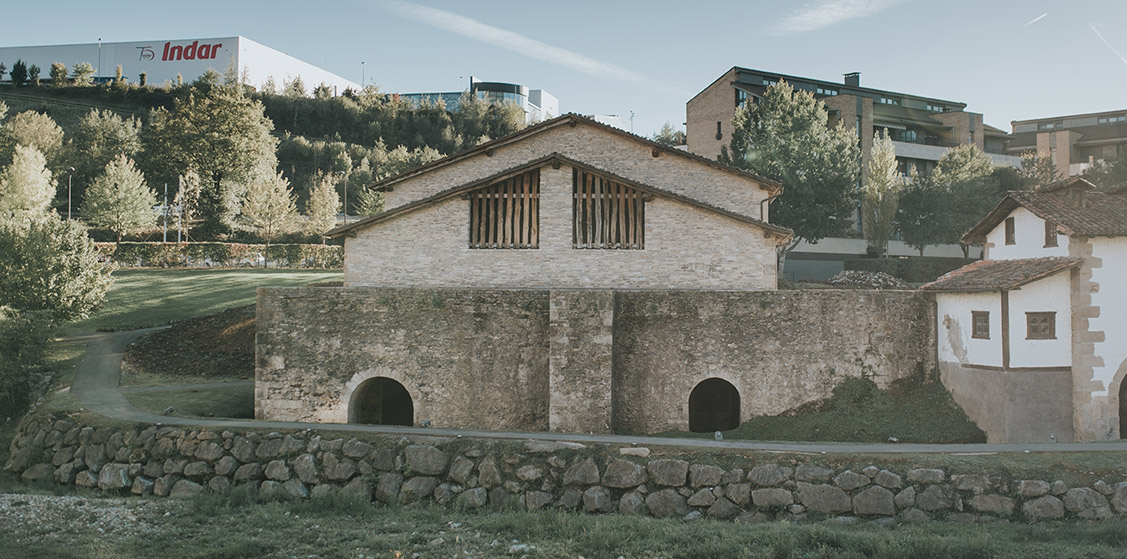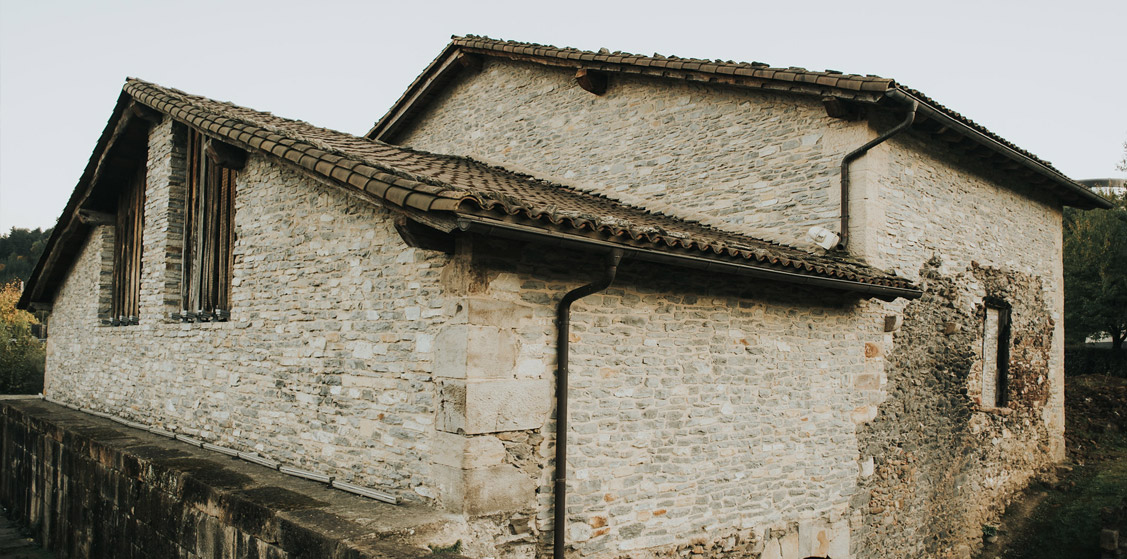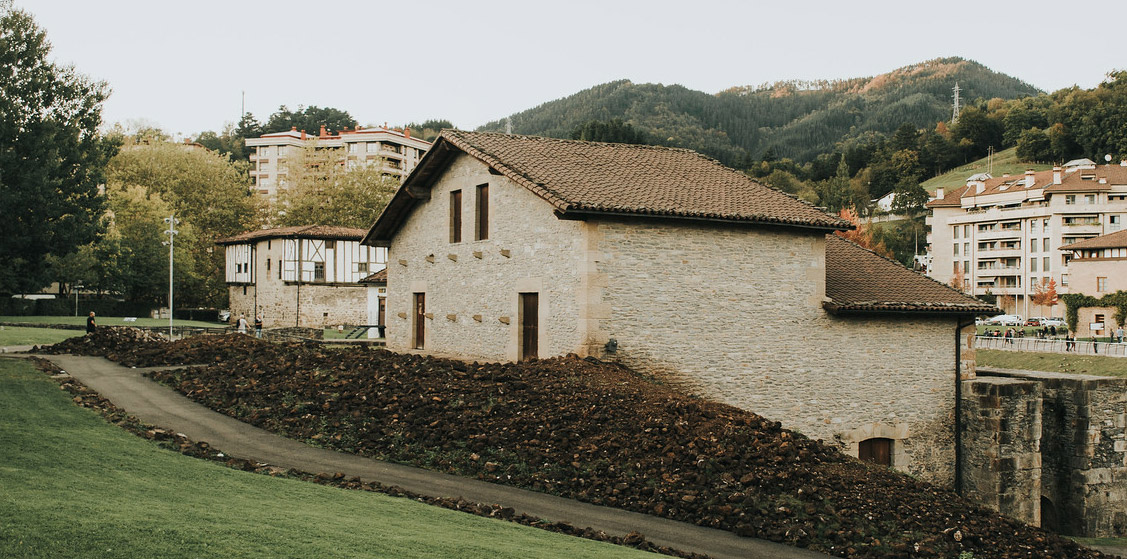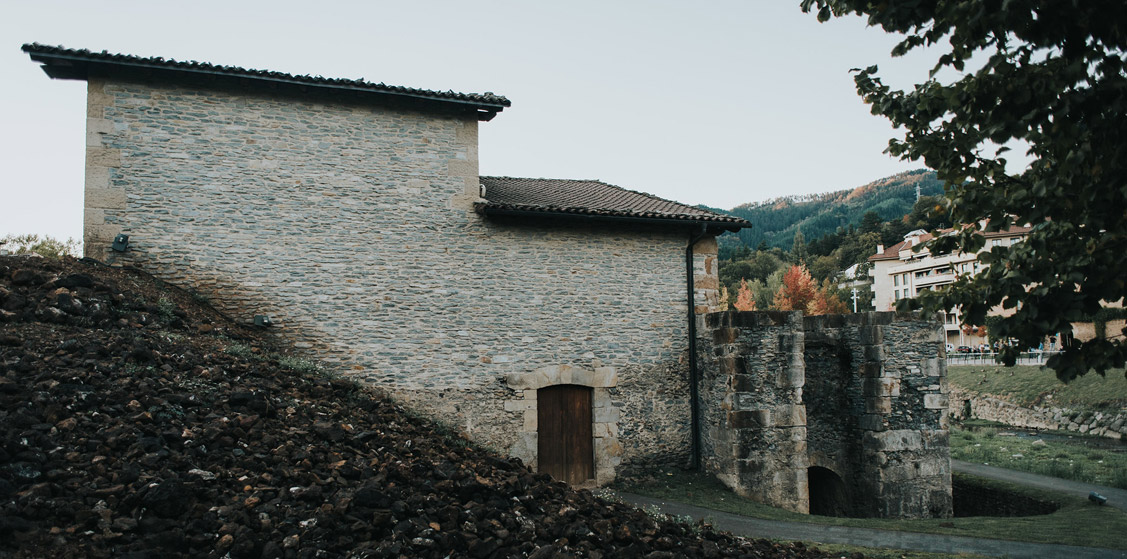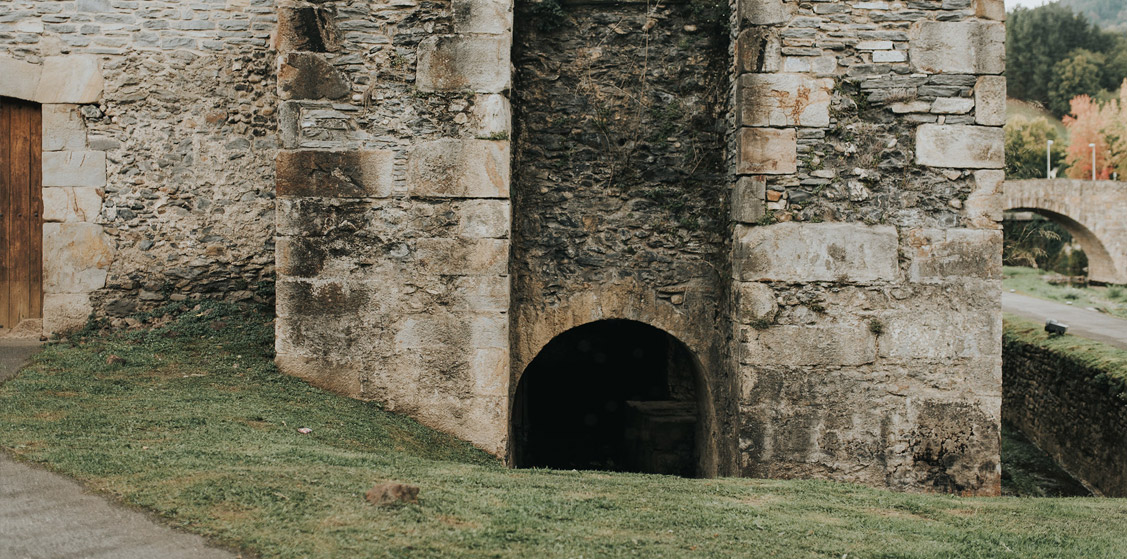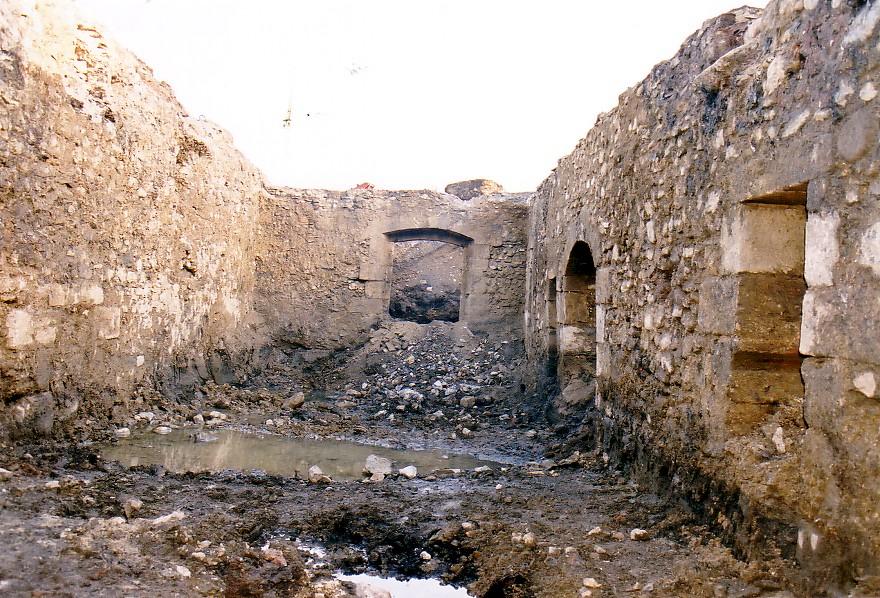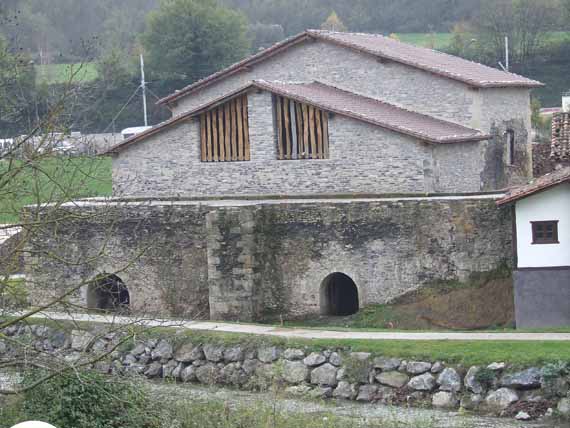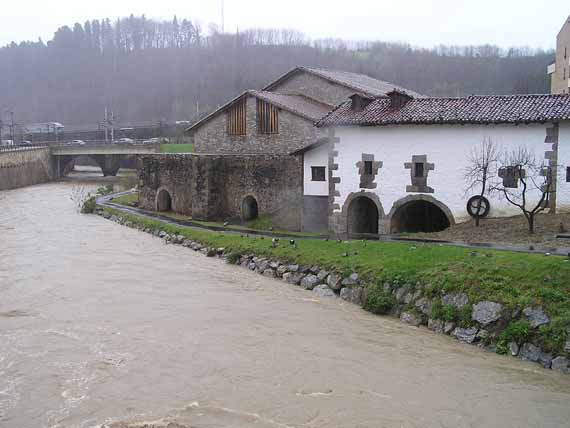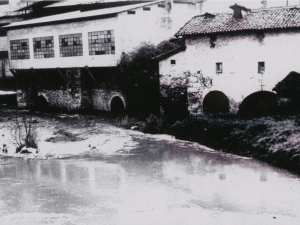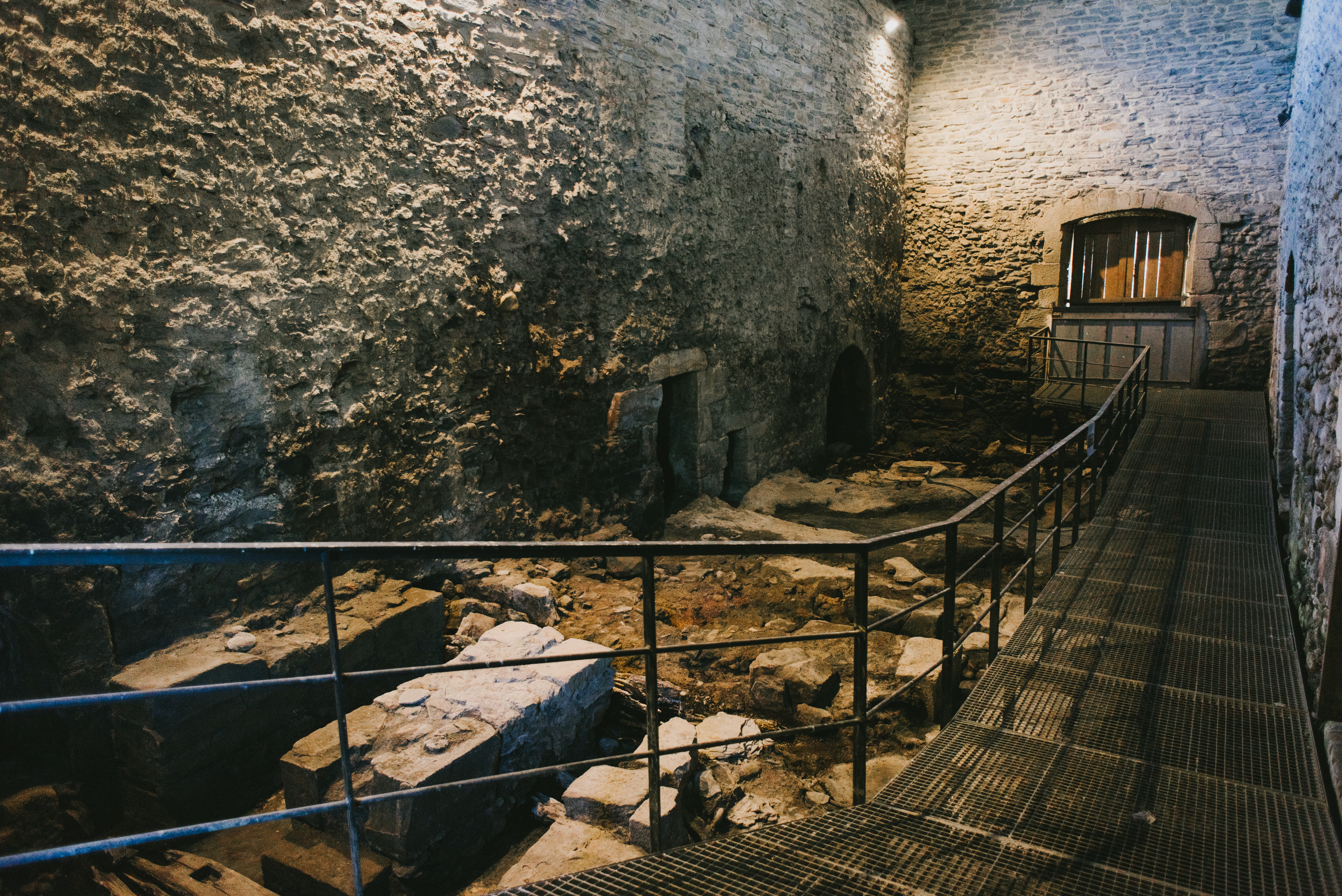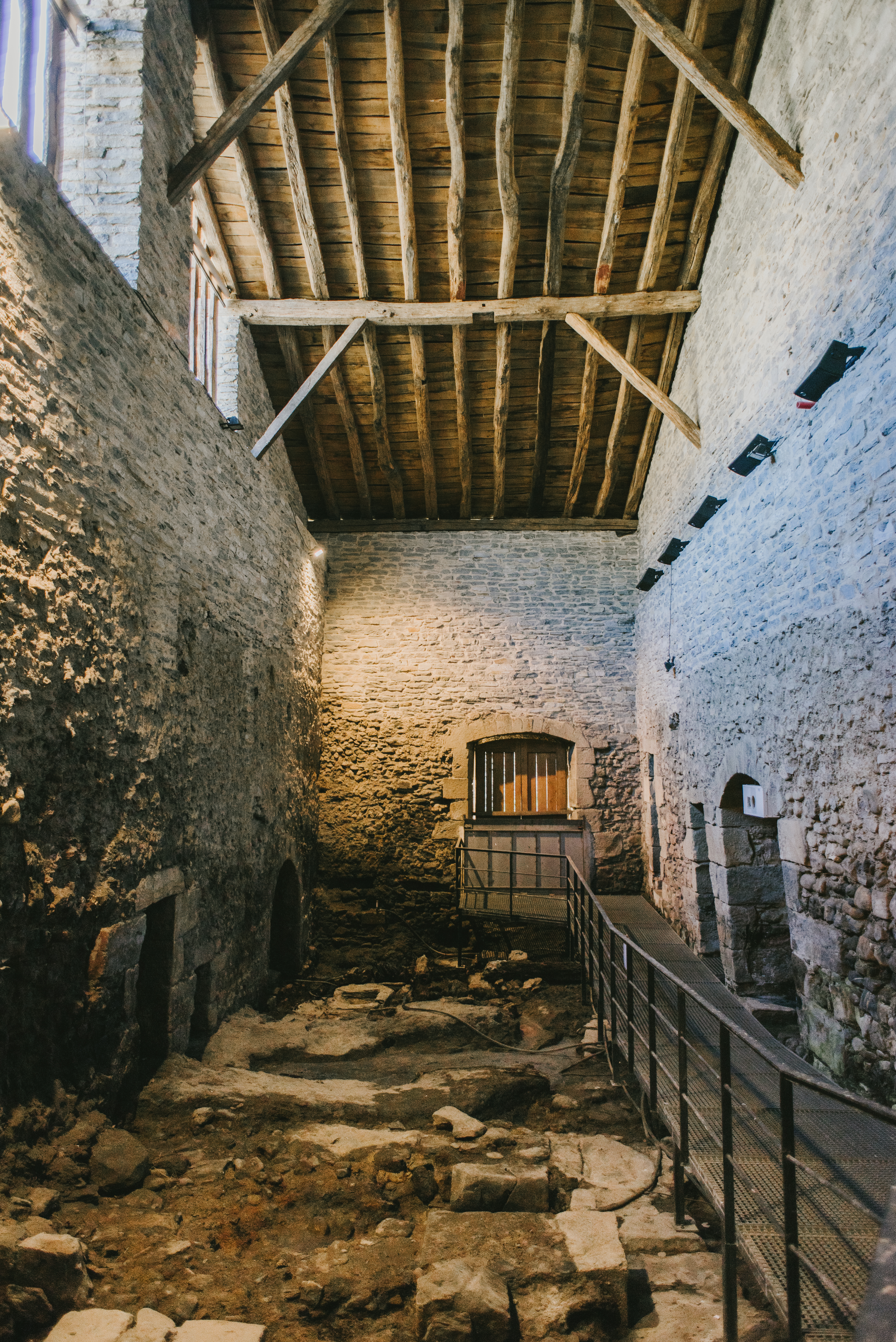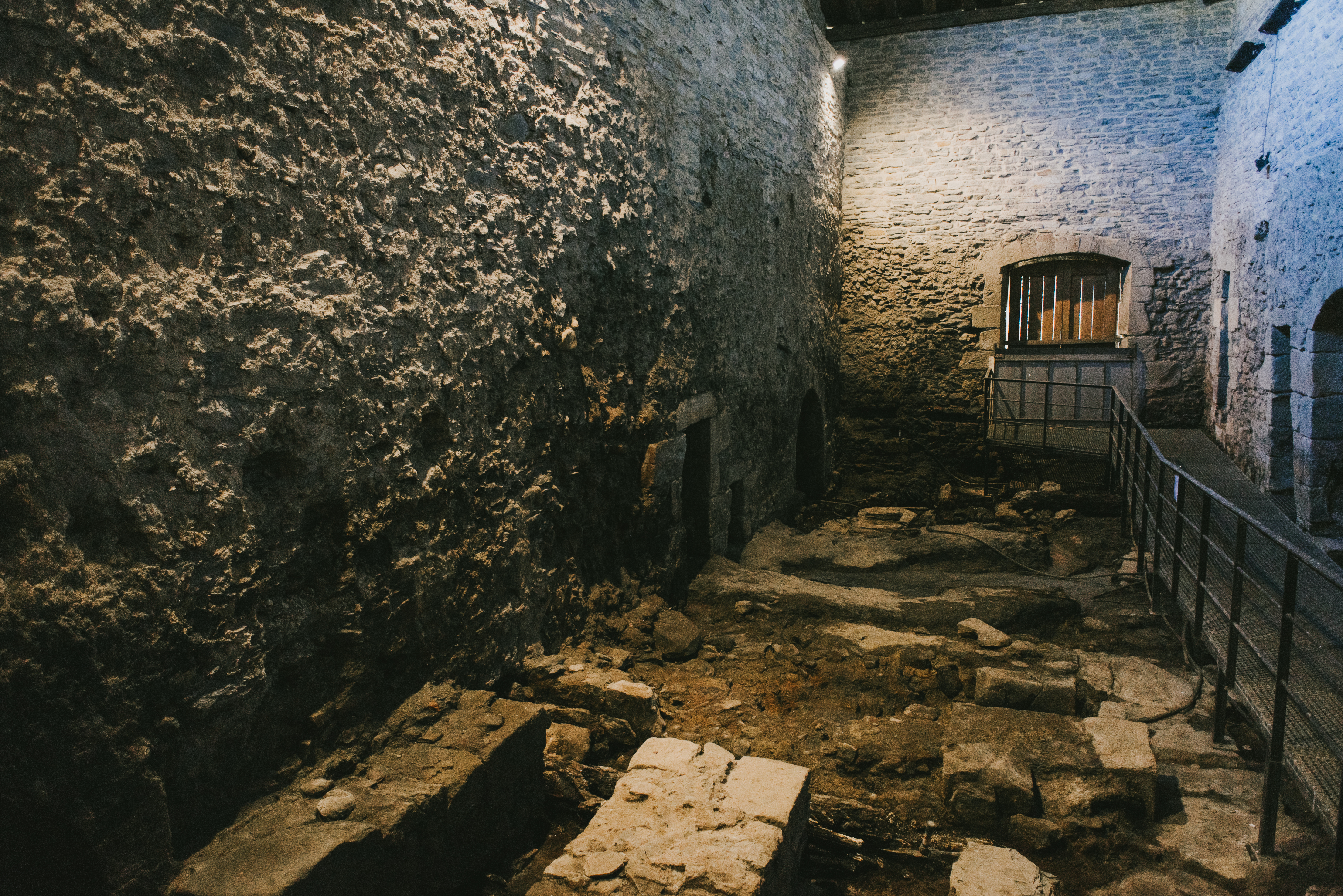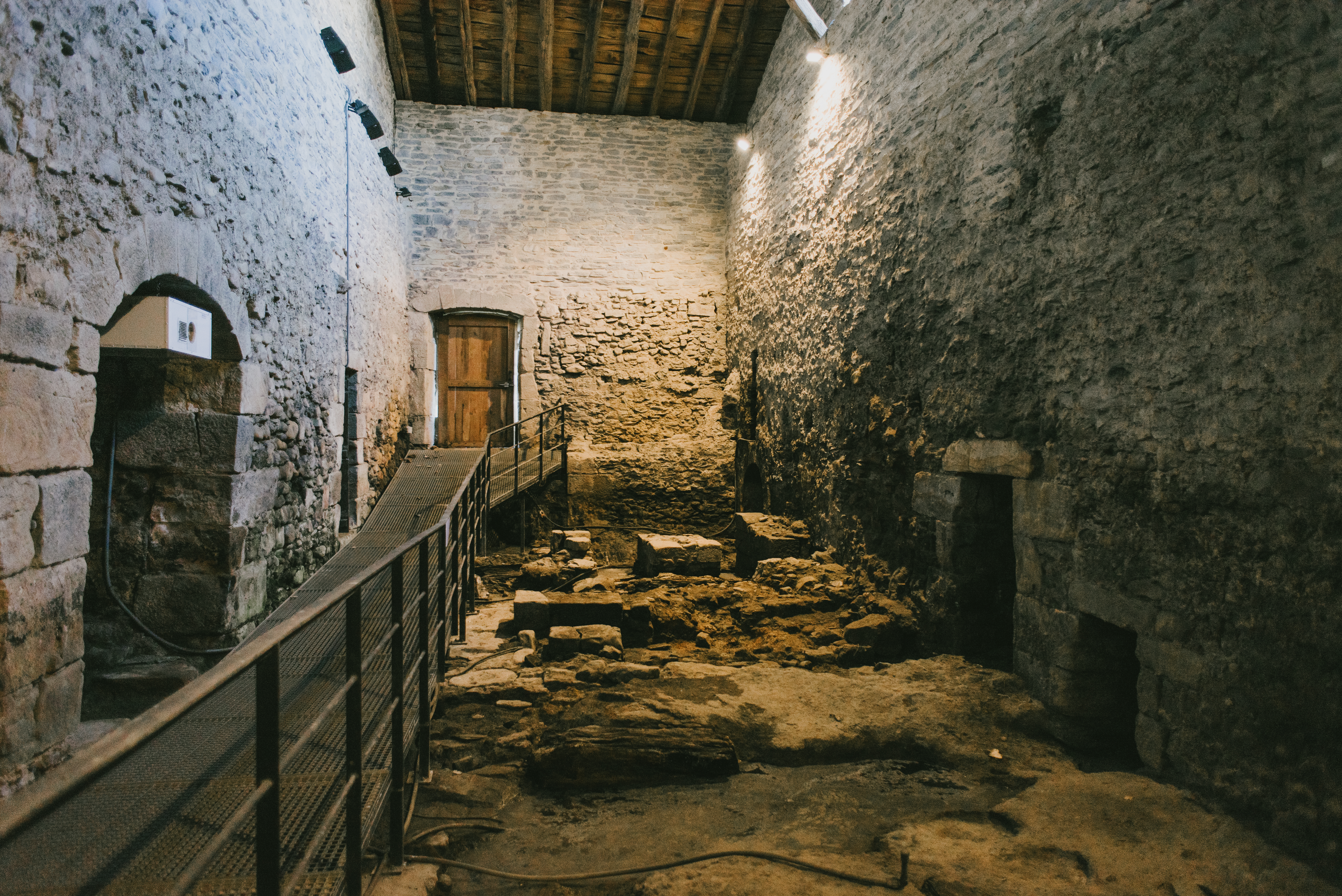The forge
From the end of the Middle Ages to the 19th century, the main economic activity in Gipuzkoa was the iron and steel industry, and the technological infrastructure that maintained and supported this industry was the hydraulic forge.
Although the first written references to the Igartza forge date back to the 15th century, what we see today is the building that was rebuilt in 1782. The Igartza forge obtained the raw material for production from nearby forests; for example, the mineral iron from the Zerain and Mutiloa mines and the wood from the surrounding oak and beech forests, to produce charcoal. Finally, the hydraulic power needed to move the machines was obtained from the Oria River.
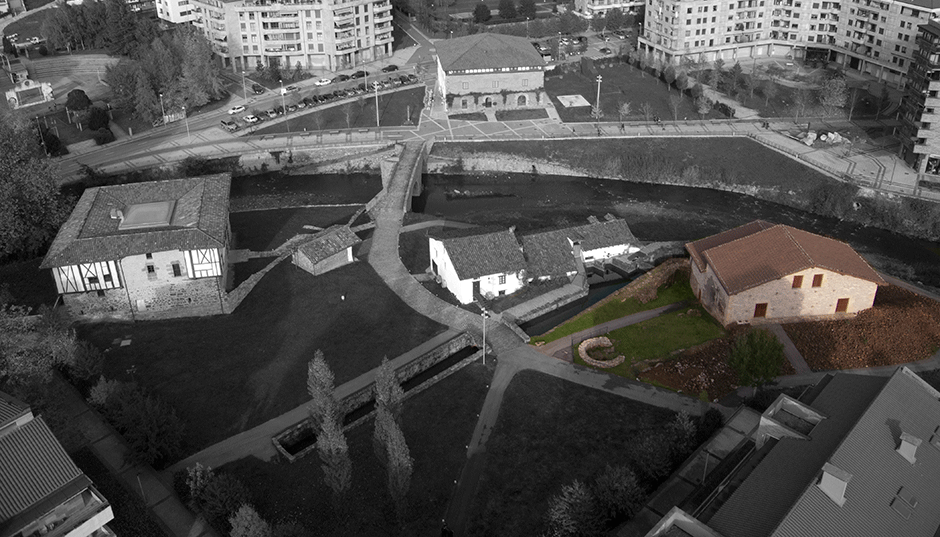
In the 19th century, technological innovation put an end to the activity of the hydraulic forges.
In the year 1860, two members of the families that operated the forges of Igartza and Ihurre, Domingo Goitia and Martin Usabiaga, together with Francisco de Arana, created the Fábrica de Hierros San Martín one kilometre downstream, the second blast furnace in the Basque Country. Later, the factory was renamed Construcciones y Auxiliar de Ferrocarriles (CAF).
Today, the Igartza forge is part of an important cultural landscape, testimony to the industrial tradition of Beasain. In Gipuzkoa there are three forges that have been converted into museums: Agorregi (Aia), Mirandaola (Legazpi) and Igartza.
BURDINOLA
15th century
First written testimony about the forge. Current building and installations
15th century
1615
Philip III visits the Igartza Forge
8 May 1660
Philip IV visits the Igartza Forge
8 May 1660
1782
Francisco de Ibero rebuilds the forge and its installations
1860
The activity of the Igartza Forge comes to an end
1860
1890
The wooden turbine is replaced by one of iron. The electrical energy production system is installed
1970
Oven
1970
12 May 2007
The interior of the mill is investigated and its renovation begins. The renovated forge opens its doors

